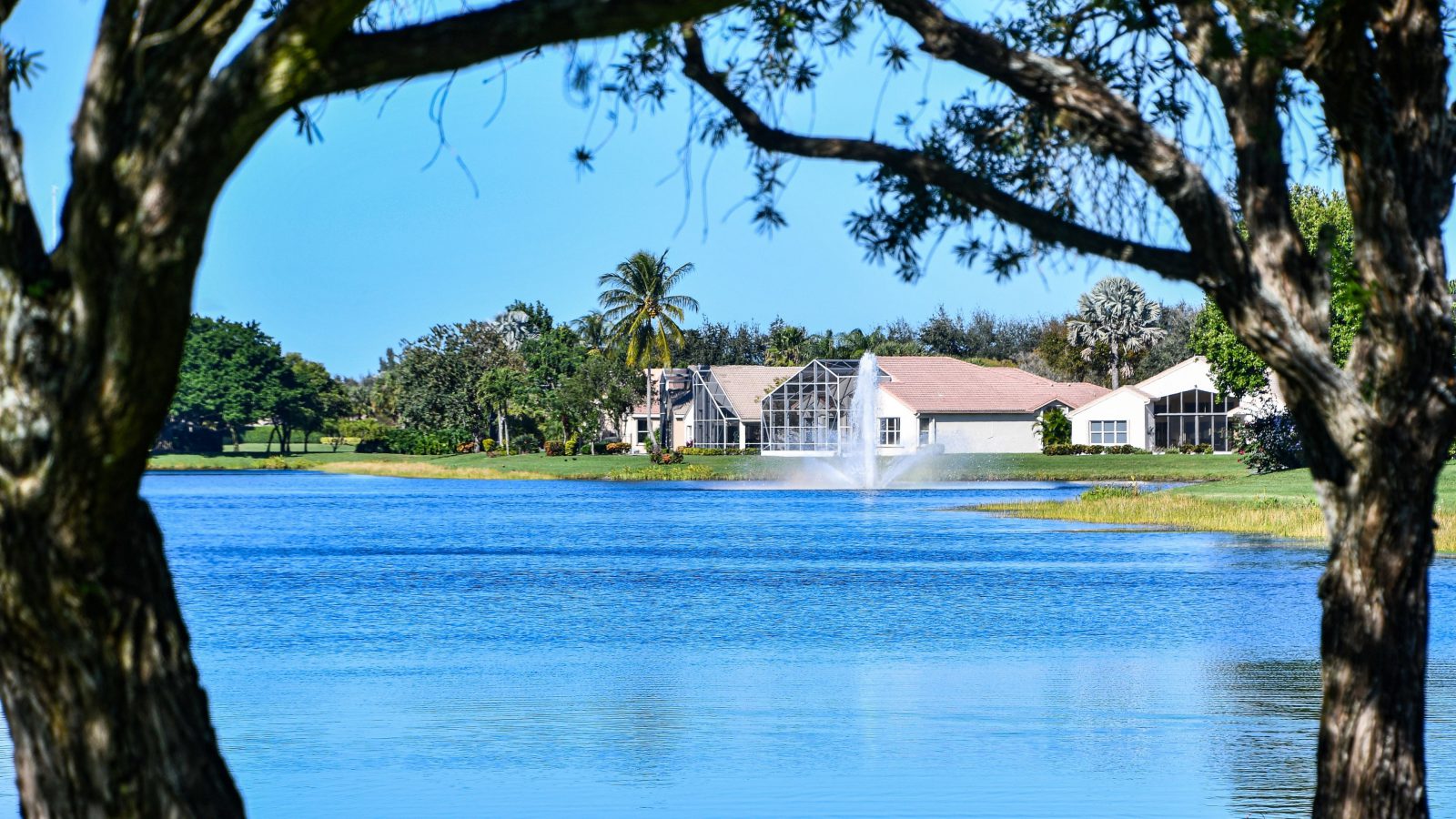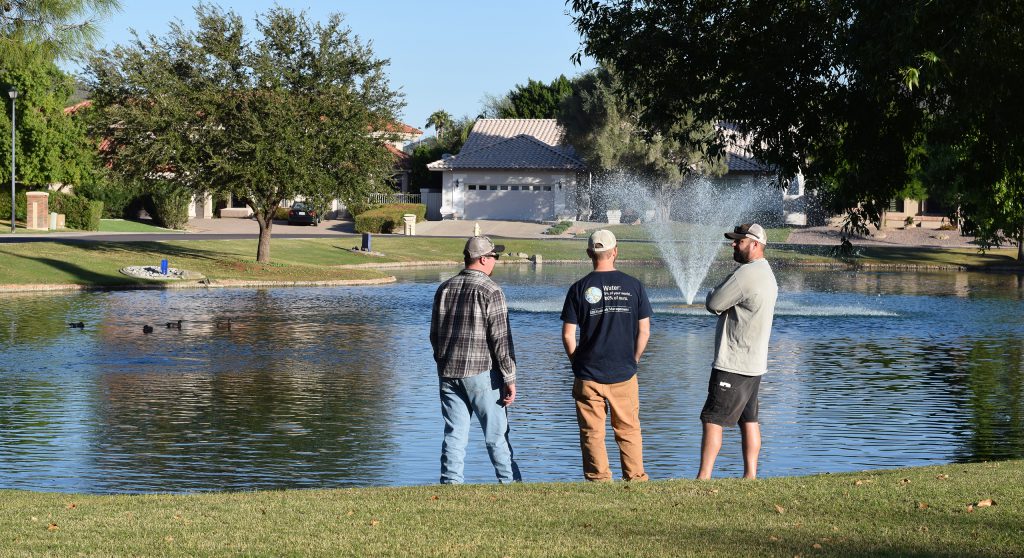
How Do We Break Down Lake Management Costs?
One of the first things lake and pond owners want to know about freshwater management is the cost of services. Price is a significant factor for stakeholders, and it can be particularly frustrating to set goals and compare providers without having a sense of pricing. Unfortunately, breaking down maintenance costs is a bit more nuanced than you might think. No two properties are the same and there is no one-size-fits-all approach. In order to provide accurate quotes and expectations, aquatic experts must take a deep dive into the unique factors that shape your goals and comprise your aquatic ecosystem.
Stakeholder Goals
Just as no two properties are the same, one stakeholder’s perfect day on the water may differ vastly from another’s. For example, property managers who oversee decorative HOA ponds and stormwater facilities usually desire waterbodies free of weeds, muck, and toxic algae. On the other hand, private property owners seeking to cultivate a trophy fishery require green, nutrient-rich ponds with a robust biomass of plants and native species. And lakes used for recreation may want to strike a balance by creating great fishing opportunities while keeping weeds and algae at a minimum for boaters and swimmers. Many different tools and techniques may be necessary to achieve these unique goals.

The Discovery Phase
The first step in designing a maintenance program is data collection through professional surveys and water quality tests. By analyzing a myriad of water quality parameters, including pH, phosphorus levels, dissolved oxygen, and turbidity, as well as other characteristics like size, location, function, and maturity of the waterbody, experts can make management decisions based on science, not assumptions.
Often, this is also an educational phase. Aquatic experts take the time to explain how lake and pond systems work, common causes of water degradation, and the management solutions that are available to reverse and prevent water quality problems. This helps ensure lake and pond owners can make informed decisions about the future of their waterbody.
Desired Investment
Usually, the amount a stakeholder chooses to invest in their waterbody will depend on the breakdown of costs; at the same time, however, the breakdown of costs may be dictated by their budget. What exactly does this mean? Many of the lakes and ponds in our communities are man-made. Over time, they slowly fill in with sediment, plant matter, and other organic materials, which degrades water quality, reduces depth, and interferes with the functionality of the waterbody. Aquatic experts utilize an array of solutions to slow this process, but under certain budget constraints, it may be necessary to prioritize more cost-effective management strategies like algae control or buffer management over larger projects like shoreline restoration.
Clear channels of communication between the stakeholder and their lake manager helps ensure they understand the choices available to them and their impact on the waterbody. It can also give them a more accurate perspective on costs – just like roofs, parking lots, or tennis courts, many property owners and communities may need to budget over several years for freshwater management projects.

Level of Need
In addition to the amount a stakeholder is willing to invest in their waterbody, aquatic experts also consider important timelines when breaking down the cost of lake and pond management services. For example, if a homeowner plans to move from their property in the near future, aquatic experts may recommend prioritizing the more economical short-term strategies. If the stakeholder views their waterbody as a long-term asset, professionals can work to identify and prepare for future maintenance needs.
How to Best Care for Your Water
Though every situation is different, the breakdown of costs ultimately can boil down to a simple formula: The sooner that sustainable, proactive management solutions can be implemented on a lake or pond, the more stakeholders can expect to save over time. It is never too soon or too late to begin a maintenance program that is tailored for your specific goals and the unique characteristics of your aquatic resource. Regular maintenance and ongoing reporting helps to ensure your waterbody is on the right track to meet your goals all year long by catching problems before they become too costly to manage. Whether you view your waterbody as a short-term or long-term asset, an annual management approach is generally the most effective and affordable way to care for your water resources.
Your Partner In Worry-Free Water Management
SOLitude Lake Management is a nationwide environmental firm committed to providing sustainable solutions that improve water quality, enhance beauty and preserve natural resources.
SOLitude’s team of aquatic scientists specializes in the development and execution of customized lake, stormwater pond, wetland and fisheries management programs. Services include water quality testing and restoration, algae and aquatic weed control, installation and maintenance of fountains and aeration systems, shoreline erosion control, muck and sediment removal and invasive species management. SOLitude partners with homeowners associations, golf courses, private landowners, businesses and municipalities. SOLitude Lake Management is part of Rentokil, a leading business services company, operating across the United States, Canada and Puerto Rico.
For more information, visit SOLitude Lake Management at solitudelakemanagement.com, and connect on Facebook, LinkedIn and Twitter.












